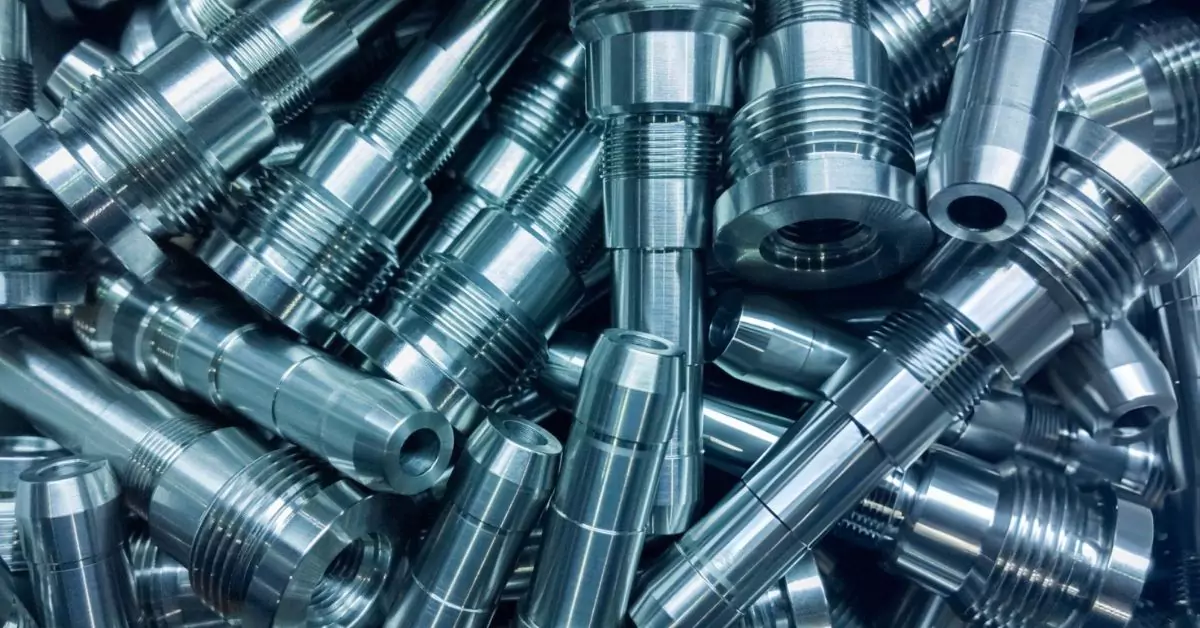Introduction to Threading
Threading is an essential step when it comes to manufacturing parts such as nuts, bolts, screws as well as plumbing fittings. It involves the creation of in-line grooves that are helical on a circular or conical surface to allow parts to be fastened with a secure. Knowing the various types of threads and their functions is crucial for businesses which rely on accurate fixing solutions.
This article focuses on the process of threading the various kinds and the crucial importance it plays in manufacturing.
What is Threading?
Threading is the act that creates a ridge spiral around a conical or cylindrical object that allows the joining between two or more parts. The ridges, also known as threads, are located on screws, bolts as well as nuts and plumbing fittings. This makes them essential in a variety of areas, like construction, automobile manufacturing and even construction.
Why is Threading Important?
- Secure Fastening Threads guarantee a strong solid, secure bond between components, decreasing the chance of loosening caused by movement or other forces.
- Easy assembly and disassembly Threaded components are straightforward to disassemble and put together and are ideal to be used in applications that need regular maintenance.
- Standardization Parts that thread are standardized, which ensures compatibility with diverse components and different sectors.
Types of Threading
Threads can be classified according on the direction that the thread runs as well as the contour of the thread and the type of application. The understanding of these kinds is vital in determining the most appropriate threaded parts for any given task.
1. Based on Direction
A. Right-Hand Thread
- description: The most common kind of threading. The thread tightens when rotated clockwise.
- Applications: Used in general applications such as screws, bolts as well as nuts.
B. Left-Hand Thread
- Description: Tightens when turned clockwise. It is not as common, but it is crucial to specific tasks.
- Application Useful in cases that rotate forces may make a right-hand thread loose like on bicycles or in machinery.
2. Based on Thread Profile
A. Unified National Thread (UN)
- Description An industry standard thread profile, which is widely used in North America.
- Software: Commonly used in screws, bolts and fasteners.
B. Metric Thread
- Description An industry-standard thread profile widely used worldwide and that is measured in millimeters.
- Applications: It is used in the automotive industry and machine components.
C. Acme Thread
- Description The trapezoidal thread design used to make lead screws.
- application: Ideal for power transmission in machines.
D. Square Thread
- Description: A square-shaped thread profile with high strength.
- Software: Used in heavy-duty applications such as presses and jacks.
3. Based on Application
A. Machine Screw Threads
- Description Threaded fasteners are used used for machine components.
- Software: Ideal for precision equipment and smaller machines.
B. Self-Tapping Threads
- Description The threads are designed so that they be cut through the material when they’re inserted.
- Application It is used in soft materials such as plastic or wood.
C. Pipe Threads
- Description Threads with tapered threads provide a seal that is tight in plumbing and other applications.
- Software: Used in pipes and fittings in order to avoid leaks.
Threading Manufacturing Process
Making threads for a part is a process that requires several steps, which ensures accuracy and consistency. The process of manufacturing varies based on the kind of threading material and type.
1. Thread Cutting
- Method Makes use of a lathe or thread cutting.
- Applications: Ideal for large-diameter threads as well as shorter production runs.
2. Thread Rolling
- Method: Material is deformed between hardened steel dies.
- Benefits: Creates threads that are stronger and have more surface finishes.
- Software: Used for high-volume manufacturing of fasteners.
3. Thread Milling
- method: Threads are milled with a multi-tooth cutter.
- Software: Suitable for large threads and profiles with non-standard dimensions.
4. Thread Grinding
- method: Uses a grinding wheel to make precise threads.
- Applications: Used for precision components used in automotive and aerospace industries.
Choosing the Right Threading Type
The choice of thread kind is crucial to the longevity and performance of your component. The factors to take into consideration are:
- Application Specifications: Consider the load as well as vibration and the environmental conditions.
- Material Compatibility Make sure the thread design is appropriate for the type of material being employed.
- Standardization Utilize industry standard for that HTML0 is compatible.
Conclusion
Threading is an essential manufacturing procedure that can facilitate the safe and effective attachment of parts. Knowing the different types of threading from left-hand and right-hand threads, to specific profiles such as Acme as well as square threads is essential to select the best fasteners that meet your requirements. If you’re involved in the construction, automotive or manufacturing industries choosing the appropriate threaded component will guarantee durability, efficiency as well as ease of maintaining.
To find out more about top-quality threaded component and custom-designed solutions, please visit the ES HAJI and CO.


